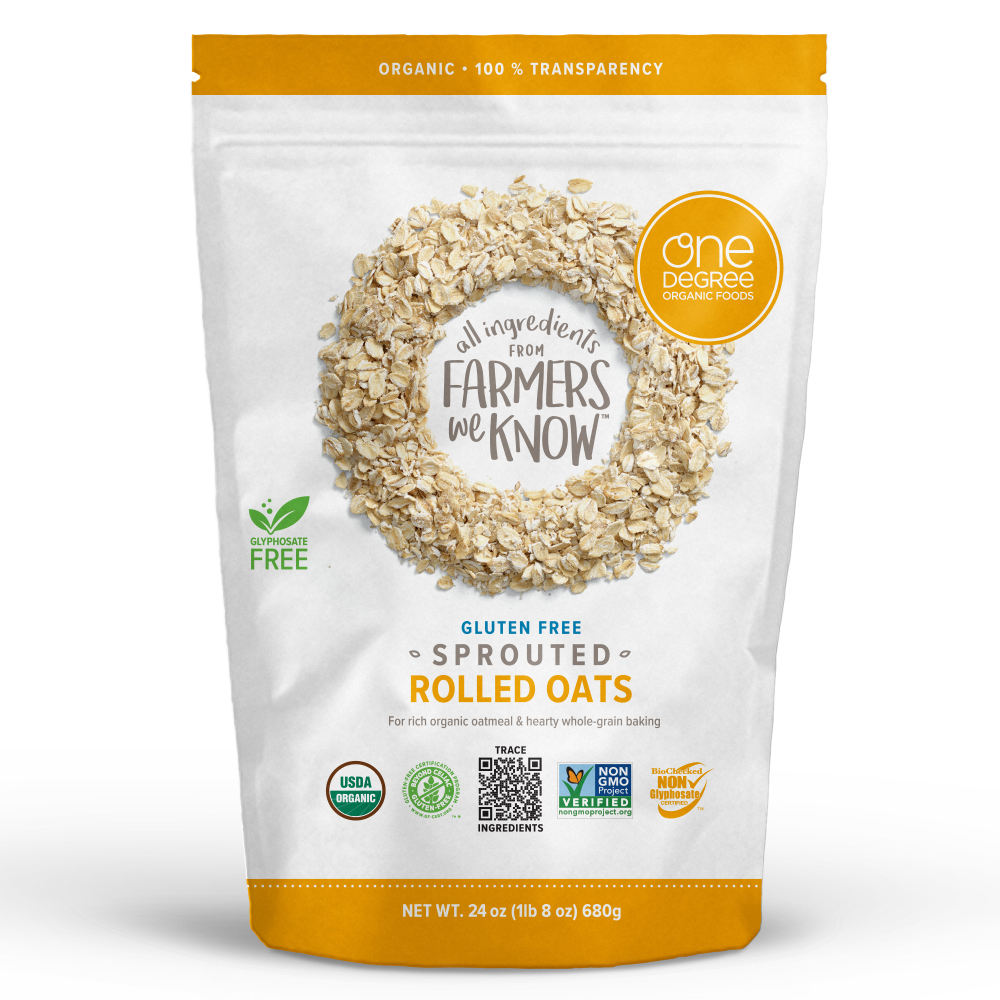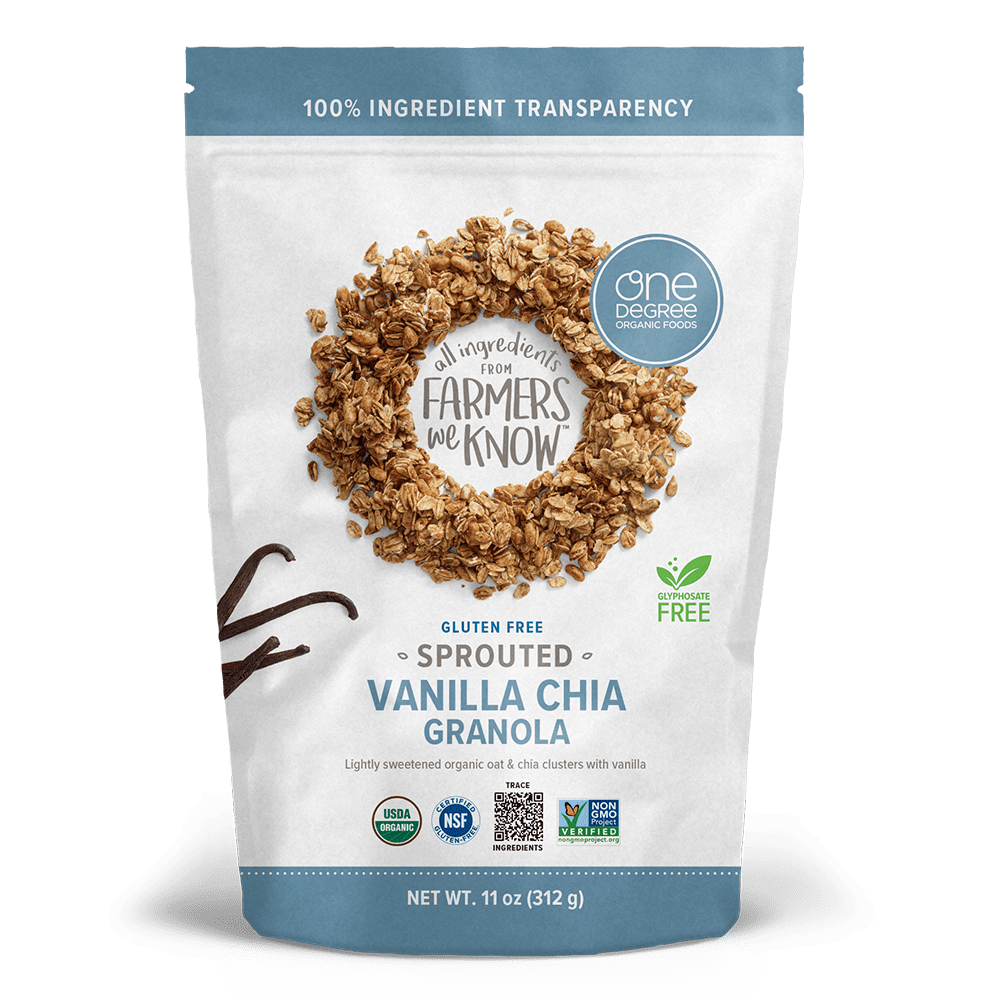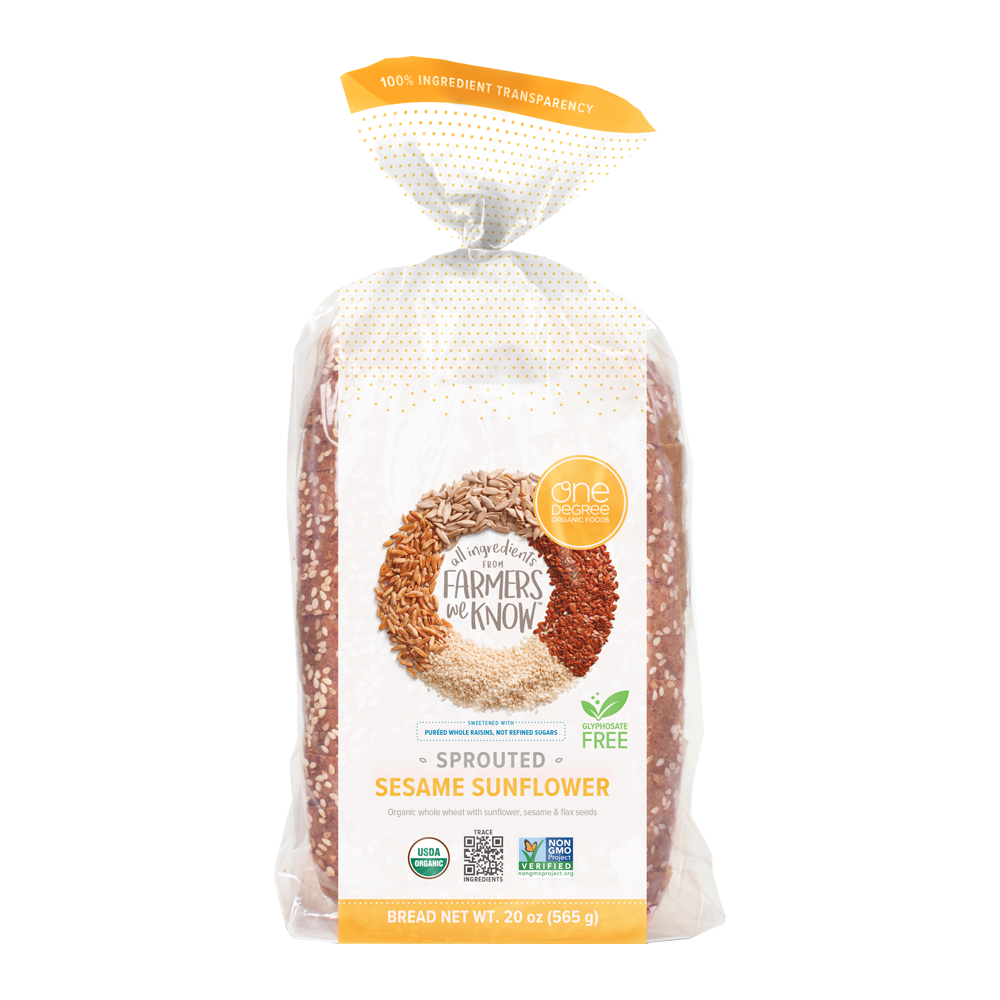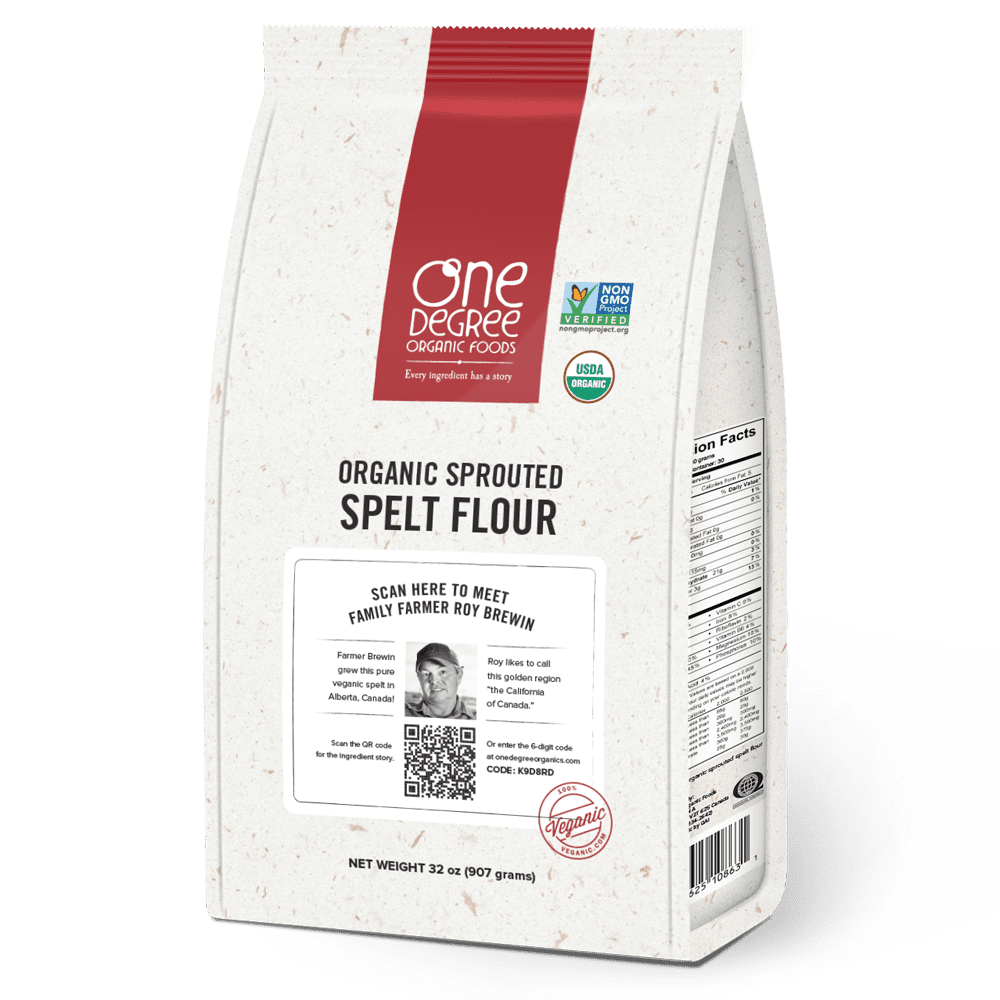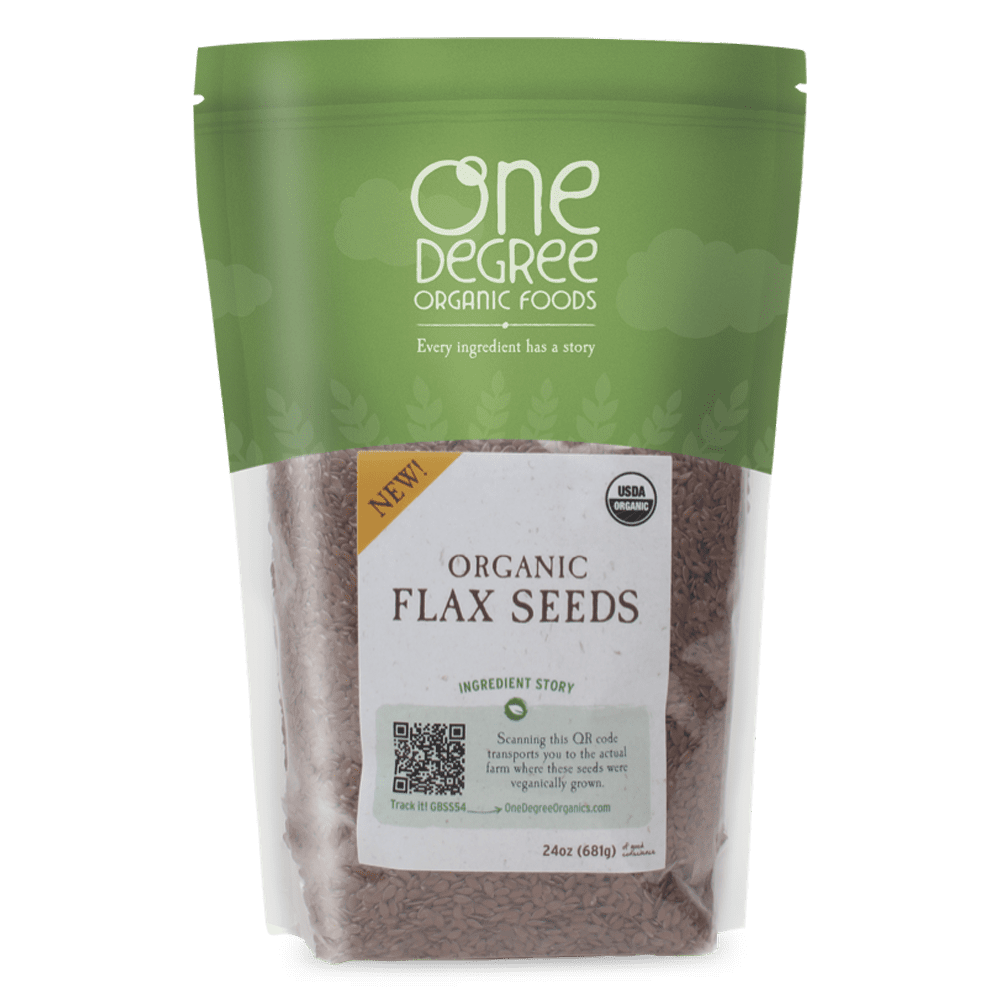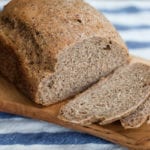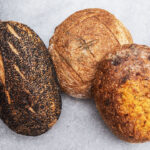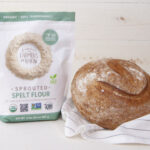Easy Sourdough Starter Recipe
Delicious and crispy sourdough bread begins with the most important step in the recipe- fermenting. A sourdough starter is where the fermenting magic happens. It’s where flour and water combine at the right temperature, creating enzymatic activity that delivers the tangy distinct aroma of sourdough bread.
When making a sourdough starter with sprouted flour, there are several factors to keep in mind. These include hydration, the time it takes to ferment, and the temperature. When using sprouted flour in your bread recipes and starters, you can always ensure a nutritious result every time.
Ingredients
30 g One Degree Organics Sprouted Spelt Flour / One Degree Organics Sprouted Whole Wheat
30 ml Water
Equipment:
Food scale
Two glass containers and a silicone spatula

Directions
Day 1-
In a clean glass combine 30 grams of sprouted flour with 30 milliliters of water. Mix the flour and water until well combined, forming a thick paste-like consistency.
Cover the container loosely with a clean kitchen towel or plastic wrap, allowing airflow. Let the mixture sit at room temperature (around 70-75°F or 21-24°C) for 24 hours.
Day 2-
After 24 hours, you may or may not see any signs of fermentation. Regardless, take 30g of the mixture and discard the rest, add another 30 grams of sprouted flour and 30 millilitres of water.
Mix well until combined, cover, and let it sit at room temperature for another 24 hours.

Day 3 and onward-
Repeat the feeding process once a day, taking 30g of the starter and feeding it with equal parts sprouted flour and water. 1:1:1. As the starter becomes more active, you may notice bubbles forming, a sour smell developing, and an increase in volume after feeding. This indicates that wild yeast and bacteria are becoming established.
Continue feeding the starter daily. As fermentation progresses, you may observe the starter doubling in volume within a few hours after feeding. This indicates that the wild yeast is active and producing carbon dioxide gas, which causes the starter to rise.
Over time, you may notice a predictable rise and fall pattern, indicating the starter’s peak activity. Now is the time to increase feeding ratios to extend the rising times.
This process can take anywhere from 8 to 12 days, depending on various factors such as temperature and flour type. With each feeding, the microbial population in the starter becomes more stable.
Kristyn
Kristyn is the owner & baker of Old Oak Sourdough, an organic sourdough micro-bakery in Southern California. Kristyn began baking sourdough in 2020 for her family to see if sourdough could be the answer to some of their health challenges. Getting back to real bread ingredients; organic sprouted flour, water & mineral rich salt with a proper long-fermentation was indeed the answer!
Seeing the value of baking in this way was life changing & quickly Kristyn began baking for family & friends that were also struggling with gluten sensitivities & related health challenges. Over the past four years she has continued to grow in her passion for sourdough & bake for her community. What started as a couple loaves in her home oven, has increased to over 150 loaves per week out of her home-based cottage bakery. Baking sourdough has helped bring a new level of health & wellness to her family, as well as a new career & a unique way to serve her community.
Featured Products
-
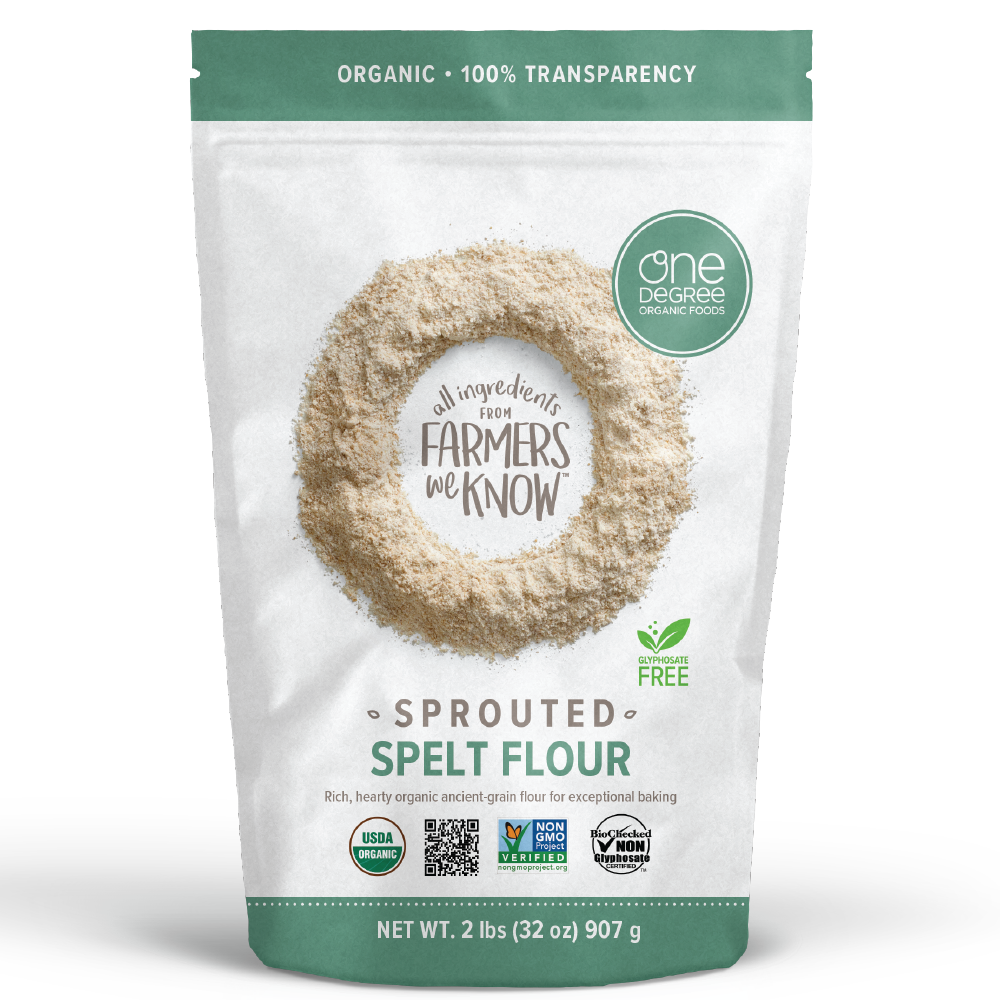
Organic Sprouted Spelt Flour
See Product -
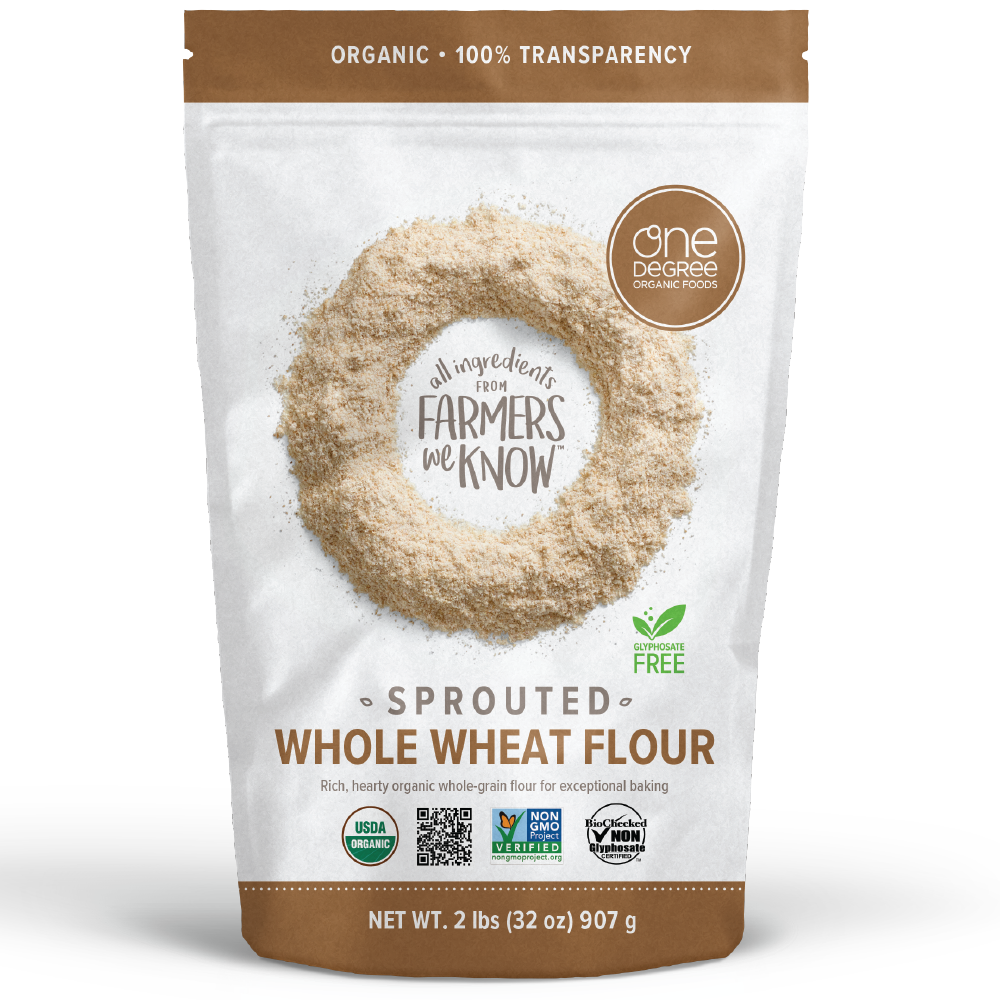
Organic Sprouted Whole Wheat Flour
See Product
